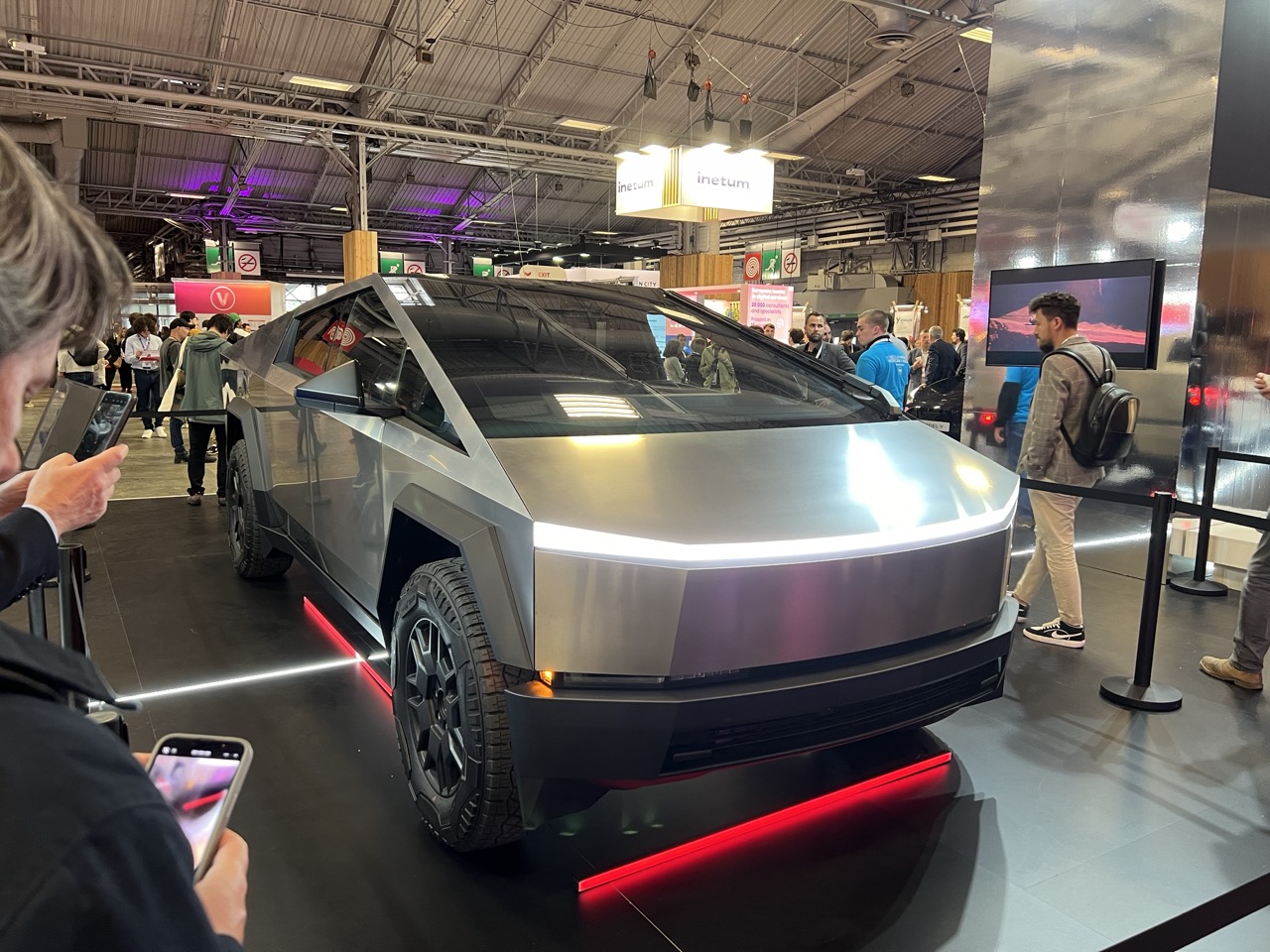Canada Approves Steer-by-Wire Exemption for Tesla’s Cybertruck: A Glimpse into the Future of Vehicle Control
In a groundbreaking move, the Canadian government has granted Tesla an exemption allowing its revolutionary Cybertruck to utilize steer-by-wire technology. This cutting-edge system eliminates the traditional mechanical link between the steering wheel and the wheels, relying instead on electronic controls and actuators.
The Future of Steering: Understanding Steer-by-Wire Technology
Steer-by-wire represents a significant departure from conventional steering mechanisms. Traditional systems typically involve a mechanical connection, such as a steering column, linking the driver’s inputs directly to the vehicle’s wheels. In contrast, a steer-by-wire system uses electronic signals to convey steering inputs, allowing for more precise control and greater system flexibility.
Tesla’s adaptation of this innovative technology is not merely a step forward for the Cybertruck but is also indicative of a broader industry trend towards digital and responsive vehicle controls. By removing the need for mechanical linkage, steer-by-wire can reduce vehicle weight, simplify manufacturing, and potentially increase safety by allowing more adaptive control algorithms.
Canada’s Approval and Regulatory Landscape
Canada’s regulatory body has acknowledged the benefits of steer-by-wire by granting Tesla a special exemption. This exemption waives the standard requirement for a minimum steering angle of ±270 degrees, a metric crucial for traditional steering systems’ safety and performance testing.
This waiver is a significant milestone, indicating trust in the technology’s safety and performance. Moreover, it demonstrates a willingness of regulatory bodies to adapt and evolve with technological advancements. This regulatory flexibility is essential for fostering innovation in the automotive sector, paving the way for more unconventional and innovative vehicle designs.
Implications for the Automotive Industry
Tesla’s steer-by-wire system could set a precedent, encouraging other manufacturers to explore similar technologies. The benefits of steer-by-wire extend beyond manufacturing efficiencies and safety enhancements; they also open up new avenues for autonomous driving technologies. By integrating more sophisticated control algorithms and sensors, steer-by-wire can facilitate more responsive and adaptive autonomous driving systems.
Moreover, steer-by-wire can enhance the user experience through customizable driving dynamics, allowing drivers to tailor the feel and response of their vehicles to their preferences. This customization can range from adjusting steering sensitivity to entirely reprogramming the driving interface based on situational needs or personal tastes.
The Road Ahead
As Tesla continues to push the boundaries of automotive technology with its Cybertruck, the steer-by-wire exemption in Canada could be a harbinger of things to come in other markets. If successful, this technology may become a standard feature in future vehicles, not only from Tesla but potentially adopted across the industry.
In the UK, where the automotive industry is constantly seeking advancements, such regulatory flexibility and technological innovation are crucial. With the UK government also pushing for greener and more innovative transportation solutions, the future might see similar adaptations that could revolutionize how vehicles are controlled and interacted with by drivers.
Tesla’s pioneering efforts with the Cybertruck serve as a testament to the enduring quest for innovation in the automotive industry. As we move towards a more digitally-driven future, technologies like steer-by-wire will play a pivotal role in shaping the next generation of vehicles, offering greater safety, efficiency, and customization for drivers.
